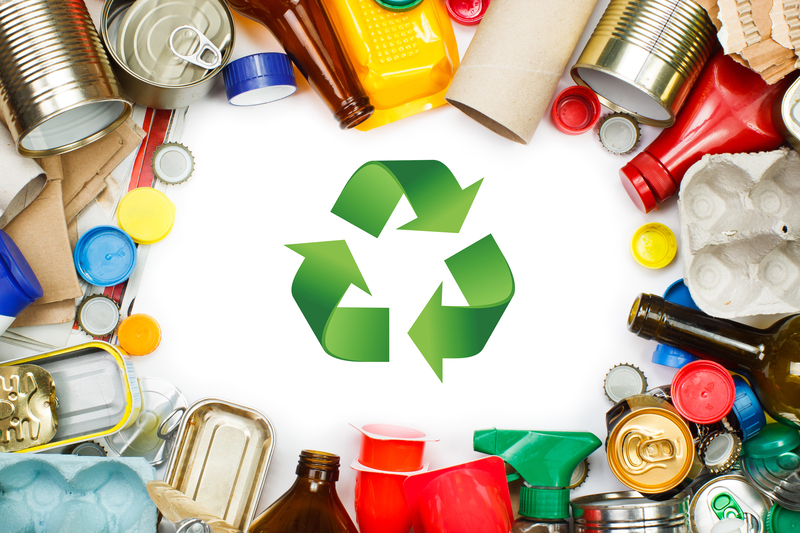Dive into the World of Glass Recycling
Introduction to Glass Recycling
In today's environmentally conscious world, recycling plays a crucial role in protecting our planet's resources. Among the various materials we recycle, glass stands out due to its unique properties and infinite recyclability. This article aims to provide a comprehensive dive into the world of glass recycling, illustrating why it is essential and how you can contribute to making a positive environmental impact.

Understanding the Basics of Glass Recycling
What is Glass Recycling?
Glass recycling involves the process of transforming waste glass into reusable material. Unlike many other recyclables, glass can be recycled indefinitely without losing purity or quality. The recycled glass is known as cullet, and it is used in the production of new glass products.
Why is Glass Recycling Important?
- Conservation of Resources: Recycling glass reduces the need for raw materials, such as sand, soda ash, and limestone.
- Energy Efficiency: Producing glass from cullet consumes less energy compared to manufacturing from raw materials.
- Environmental Protection: Glass recycling helps reduce greenhouse gas emissions and decreases the amount of waste sent to landfills.
The Glass Recycling Process
Collection and Sorting
The glass recycling process begins with the collection of waste glass. This often involves community recycling programs and drop-off centers. Proper sorting is crucial, as glass is sorted by color: clear, green, and brown. This is important because different colors melt at different temperatures, influencing the quality of the recycled glass.
Cleaning and Crushing
After collection, the glass is cleaned to remove impurities such as labels and caps. The cleaned glass is then crushed into small pieces called cullet. Crushing reduces the volume and ensures consistency for further processing.
Melting and Reforming
The cullet is melted in a furnace at high temperatures and then molded into new products. This process is efficient as the melted cullet requires less energy compared to producing new glass from raw materials.
Benefits of Glass Recycling
Energy Savings
It is estimated that recycling one ton of glass can save up to 30% of the energy required to produce new glass from raw materials. This translates to significant reductions in energy consumption for industries, contributing to a lower carbon footprint.
Reduces Landfill Usage
By recycling glass, we can considerably reduce landfill usage. Glass is non-biodegradable, and its presence in landfills can be problematic. By keeping glass out of landfills, we free up space and reduce potential environmental hazards.
Economic Growth
Glass recycling supports various industries, creating jobs in collection, processing, and manufacturing sectors. Additionally, it promotes innovation in product design, as manufacturers continue to explore ways to use recycled glass in new and creative applications.
Challenges in Glass Recycling
Contamination Issues
One of the major challenges in glass recycling is contamination. Mixed colors or foreign materials, such as ceramics and stones, can compromise the quality of recycled glass. Public education and awareness are essential to minimize contamination.
Varied Recycling Rates
Recycling rates for glass can vary significantly by region, often influenced by the availability of recycling facilities and public participation. Building a widespread infrastructure to handle glass recycling efficiently remains an ongoing challenge.

How You Can Contribute
Participate in Local Recycling Programs
Get involved in your community's glass recycling efforts by using designated recycling bins and following sorting guidelines. Properly cleaning and sorting your glass waste can significantly impact the quality of the recycling process.
Educate and Advocate
Raise awareness about the importance of glass recycling within your community. Educate family, friends, and neighbors about proper recycling practices. Advocacy can lead to stronger recycling policies and increased participation.
Support Companies Using Recycled Glass
Choose products made from recycled glass when possible, supporting businesses that are committed to sustainability. This consumer demand can encourage more companies to adopt environmentally friendly practices.
Conclusion
Glass recycling is a vital aspect of modern waste management that offers environmental, economic, and societal benefits. By understanding the importance of recycling glass and actively participating in recycling initiatives, you can contribute significantly to sustainable development. Together, we can ensure that glass continues to be a resource, not waste, preserving the environment for future generations.
In embracing glass recycling, we not only protect our planet but also pave the way for innovative uses of recycled materials, showcasing the potential for a circular economy. Join us in this journey toward a sustainable future, one bottle at a time.